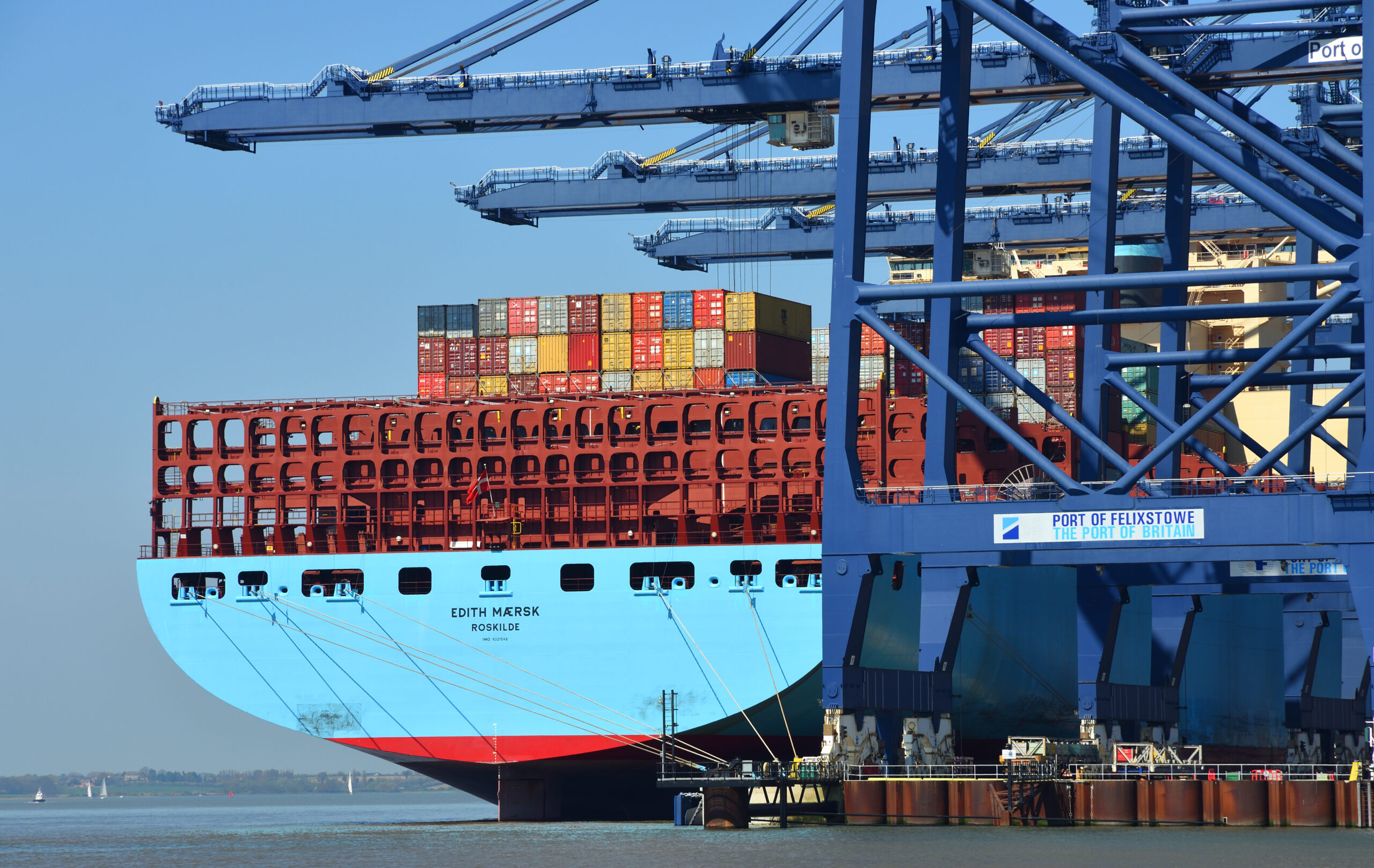The world’s largest liquefied carbon dioxide (LCO2) carrier has been launched at HD Hyundai Mipo‘s Ulsan shipyard in South Korea. Commissioned by Capital Clean Energy Carriers, a subsidiary of Greece’s Capital Maritime Group, and managed by Capital Gas Ship Management, the 22,000-cubic-metre vessel, Active, is the first in a series of four ships intended to facilitate scalable and flexible CO2 transportation for European carbon capture and storage (CCS) markets.
159.9 metres long and equipped with three bi-lobe tanks, Active can maintain cargo at -55°C and under high pressure, making it suitable for transporting not only LCO2, but also liquefied petroleum gas (LPG) and ammonia. This multi-gas compatibility is a strategic design choice that reflects the uncertainty in regulatory trajectories and commercial demand patterns in low-carbon shipping.
The design also includes several features that enable Active to operate flexibly in varied geographies and regulatory regimes: a selective catalytic reduction (SCR) system for nitrogen oxide abatement; a shore power interface to reduce emissions in port; and Ice Class 1C certification for operations in sub-Arctic environments.
The vessel will be among the first in the commercial fleet to be fitted with an onboard carbon capture and storage (OCCS) system. Developed by Erma First in collaboration with Babcock, the integrated solution uses an amine-based solvent to absorb CO2 from engine exhaust, subsequently regenerating the solvent and liquefying the captured CO2 for onboard storage.
The captured carbon can then be offloaded for sequestration or use in industry. This closed-loop OCCS system, which has received Approvals in Principle from both Lloyd’s Register and DNV, could serve as a model for broader application across the gas carrier segment.
Clarksons Research, the maritime consultancy, has estimated that achieving global carbon neutrality by 2050 will require the capture and storage of over six gigatons of CO2 annually. Of this amount, approximately 20% is expected to require maritime transportation, which equates to a potential demand for as many as 2,500 LCO2-capable vessels.
In parallel with the Active series, Capital Maritime has committed to the construction of ten additional multi-gas carriers, including both medium gas and handy-size LCO2 vessels, through orders placed with shipyards in South Korea and China. These investments are expected to come online between 2026 and 2027.
Despite increasing institutional support for CCS, the economic case for non-pipeline transportation of CO2 by sea remains to be concluded. Viability will depend on carbon pricing mechanisms, infrastructure availability at both ends of the value chain, and the maturation of a global regulatory framework governing cross-border CO2 transport and storage. Commercial models, particularly regarding long-term offtake agreements and chartering structures, are still evolving.
If CCS is to play a material role in decarbonisation then CO2 shipping will be an indispensable component of the broader value chain. For shipowners, operators, and technology developers, this emerging segment offers both opportunity and risk, shaped by policy, technological readiness, and capital availability.



